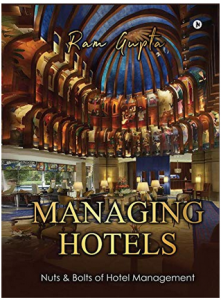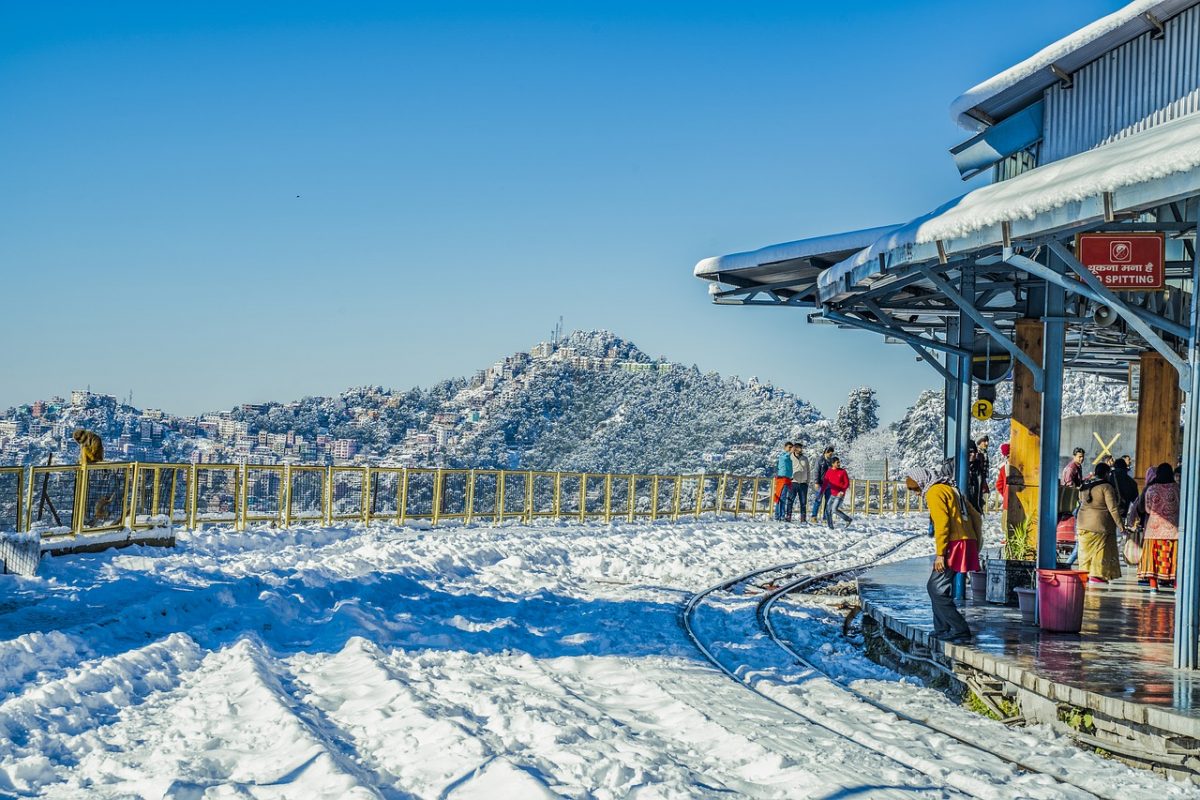The contribution that domestic travel makes to the growth of the tourism and hospitality sectors in India has been a topic of discussion for quite a few years now. In recent years, we have seen domestic travel pique the interest of both government and public sector stakeholders and receiving substantial support through schemes. PRASAD and Swadesh Darshan for infrastructure development, UDAN foraging for better air connectivity or IRCTC launching their travel packages to promote domestic travel. The domestic sector reached an annual growth rate of 25.3% in 2019, growing almost nine-folds since 2000.
The expectations from 2020 were very high until turbulence caused by the pandemic pushed the entire industry to its record low. But even after the great pause caused by lockdowns and travel restrictions, Domestic Tourism is looked up to be the driver of recovery for the Hospitality and Tourism Industries. Will native travelers be the boost the sectors need? Only time will tell! But the signs look very positive… Let’s have a look.
Domestic travelers will rise and shine
Going back to the statistics of 2019, domestic travel spending had contributed 83% to the total income of the sector. This share was primarily driven by the increased disposable income of the working middle class. Pressured for leisure time, they opted to travel to nearby or easily accessible destinations on long-weekends or summer vacations. The pandemic has forced people to alter their working patterns and routines and stay confined to their homes. This has triggered a desire to step out and travel to a destination that offers a change from their now-usual environment. With companies offering the flexibility to work remotely, travelers do not have the restriction of time or days while considering a trip to a nearby or faraway destination, as long as they can remain connected.
The year of domestic tourism in India
While the past year has been excruciating for hospitality and travel businesses, the sector has been slowly limping its way up. The demand for leisure travel has not entirely diminished, and as soon as the travel restrictions were relaxed, most destinations at drivable distances from cities have seen travelers arrive. A survey by booking.com shows that 67% of the total distance traveled by Indians between 1st June and 31st August 2020 was within the country, compared to only 34% during the same period of 2019.

Domestic travel is expected to boom in 2021 with a huge diversion of outbound travel to traveling within the country. A survey revealed that 51% of Indians living in urban areas would prefer a domestic vacation in the next 12 months. To top that, an approximate of 40 million outbound travelers who would choose to travel domestically either by preference or due to restrictions will also add to the market size of domestic tourism in the country.
Throughout the pandemic era, the Dekho Apna Desh initiative by the Ministry of Tourism has helped create destination awareness, keeping stakeholders involved and maintaining the interest of travelers. With Association of Domestic Tour Operators of India (ADTOI) advocating to declare 2021 as ‘Year of Domestic Tourism in India’, the travel industry will receive a sense of direction and purpose to tackle the mishappening caused by the pandemic. In addition, we are already seeing signs of domestic travel recovering when 5.16 lakh passengers flew across India in a single day on 9th January this year.
Hospitality will be a part of the glory
The rise of domestic tourism has also helped in the growth of the intertwined hotel industry. Based on FHRAI’s 2017-18 survey, the share of domestic guests for all the hotels across India was a soaring 77.3%, with an average stay of 2.5 days. In FY 2020, 23321.98 million people traveled within the country. The upward trend of domestic travel spending is projected to rise by 7.8% per annum to 13,305.5 billion in 2026. From a soaring success to struggling to survive, the sector was largely impacted by lockdowns and the travel restrictions in 2020.
However, it was also the first segment to see the light of hope the lockdowns were relaxed. Although very miniscule as compared to the previous years, hotels across the country have received some business through domestic travelers. There has been slow come back growth in occupancy rates from 23% in August 2020 to 36.4% in November 2020. The increase of average rate per room (from INR3,498.04 to 4,232.57) and the revenues earned per room (INR805.34 to 1, 540.21) during this period is a good sign as well.
The existing infrastructure in India is already well-equipped to cater to a large segment of domestic travelers. Of the 105344 rooms available in 1423 approved hotels under the Ministry of Tourism, an approximate 95% fall in the low-priced bracket that is affordable for an average domestic traveler. Another interesting figure that caught our attention is that in 2019, 83% of Airbnb guests in India were domestic travelers. The online accommodation platform alone has more than 55000 listings in the country. The past statistics look very optimistic when talking about the support that domestic tourism can facilitate the upturn of the tourism sector and every other ancillary services sector that it engages.

While the organised travel segment of domestic tourism is yet to find its foot back in the game, the hospitality industry has innovated itself. The emerging new concepts of workcation, work from hotel, pod travel, and the new buzz word ‘revenge travel’ are encouraging long haul travel and hopefully increase the average stay duration to a minimum of 5-7 days in the near future.
Domestic travel holds immense potential to boost the recovery of hospitality and tourism going forward. The stakeholders and various associations have been very persuasive on the subject ever since the pandemic brought the industry to a standstill. Despite the pertinent efforts, numerous requests and recommendations, the budgetary allocations for the Ministry of Tourism for FY 2021-22 were extremely disappointing. The hopes of support from the central government were shattered when the allocations were cut down by 19%. However, driven by native travelers’ growing desire to explore and experience a destination, will help the sector to sustain itself. We will see destinations and hotels rediscovering themselves and innovating concepts to attract travelers to come their way. Domestic tourism is definitely here to stay.
Ram Gupta is a hotel management graduate. He is a certified Hotel Administrator from U.S. and MIH from U.K. He has over 40 years of sound experience in the Hospitality industry in India, Dubai, U.K, Europe and Japan and is well versed with all areas of business including acquisitions, mergers, joint ventures, diversification, strategic planning, development and operations. He has been associated with over two dozen luxury and boutique hotel projects and has launched two hotel chains in India. He is currently an independent hotel consultant and could be contacted at ramgupta@bcgglobal.com. Website: www.bcgglobal.com
HOSPITALITY INDUSTRY BOOKS BY RAM GUPTA


ALSO ON,-
AMAZON KINDLE, KOBO, GOOGLE PLAY & i BOOKS
BOOK STORES IN INDIA
COFFEE CUP – SECUNDERABAD, CROSSWORD – BANGALORE, PUNE, JAIPUR & NOIDA, GANGARAMS – BANGALORE, HIGGINBOTHAMS – BANGALORE & CHENNAI, MODERN BOOK STORE – TRIVANDRUM, ODYSSE – COIMBATORE, OXFORD – DELHI & KOLKATA, STORY BOOK STORE – KOLKATA, TITLE WAVE – MUMBAI, WRITERS CAFÉ – CHENNAI

